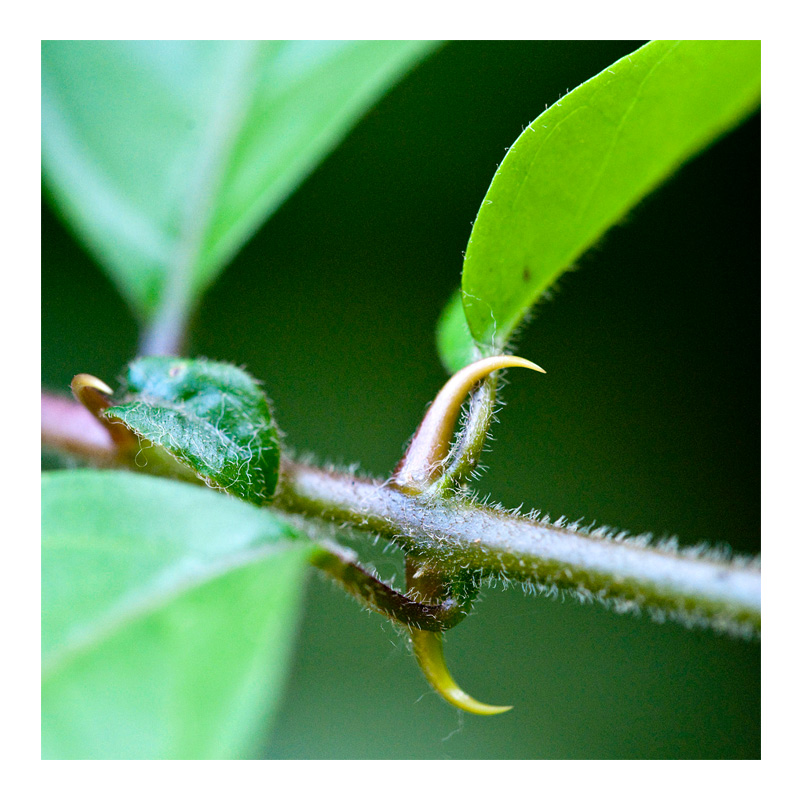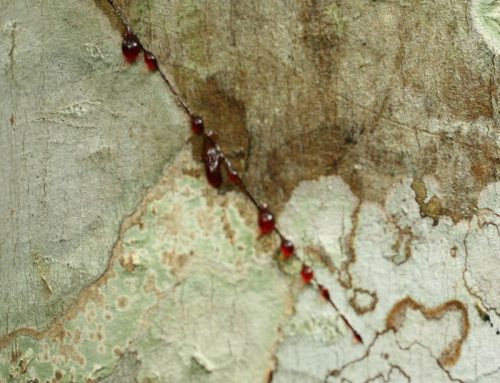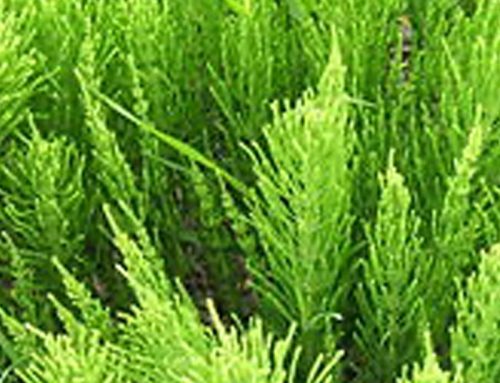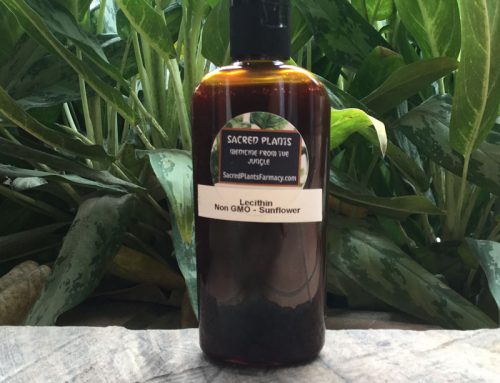Cat’s Claw (Uncaria tomentosa, Uncaria guianesis)
Cat’s claw is a wood vine that grows wild in central and South America, particularly in the Amazon rainforest. Historically, cat’s claw has been used to prevent and treat disease dating back to the Inca civilization. Its inner bark is used to make liquids, capsules, and teas, and preparations can be applied to the skin. Cat’s claw may have some properties to boost the immune system and reduce inflammation. Cat’s claw has been examined for its effects on sleep-wake disturbances, fatigue, anxiety, and depression in patients with cancer.
Common Names: cat’s claw, uña de gato. Latin Names: Uncaria tomentosa, Uncaria guianensis
Cat’s claw is a woody vine that grows wild in the Amazon rainforest and other tropical areas of Central and South America. Its thorns resemble a cat’s claws.
The two most common species are U. tomentosa and U. guianensis. Most commercial preparations of cat’s claw contain U. tomentosa.
Using cat’s claw for health dates back to the Inca civilization. Its historical uses have included for contraception, inflammation, cancer, and viral infections, and to stimulate the immune system.
Today, cat’s claw is used as a dietary supplement for a variety of health conditions including viral infections (such as herpes and HIV), Alzheimer’s disease, cancer, arthritis, diverticulitis, peptic ulcers, colitis, gastritis, hemorrhoids, parasites, and leaky bowel syndrome.
The bark and root of cat’s claw are used to make liquid extracts, capsules, tablets, and tea.
Few side effects have been reported for cat’s claw when taken in small amounts.
Women who are pregnant or trying to become pregnant should avoid using cat’s claw because of its past use for preventing and aborting pregnancy.
If you decide to take cat’s claw, note that dosage guidelines have not been established.
What Is Cat’s Claw?
Cat’s claw (Uncaria tomentosa) is a tropical vine which can grow up to 98 feet (30 meters) tall. Its name comes from its hooked thorns, which resemble the claws of a cat.
It is found mainly in the Amazon rainforest and in other tropical areas of South and Central America.
The two most common varieties are Uncaria tomentosa and Uncaria guianensis. The former is the type often used in supplements in the United States.
The bark and root have been used for centuries in South America as a traditional medicine for many conditions, such as inflammation, cancer, and infections.
Cat’s claw supplements can be taken as a liquid extract, capsule, powder, or tea.
Potential Health Benefits:
Cat’s claw has soared in popularity as a herbal supplement due to its alleged health benefits — though only the claims below are backed up by sufficient research.
May Boost Your Immune System:
Cat’s claw may support your immune system, possibly helping fight infections more effectively.
A small study in 27 men found that consuming 700 mg of cat’s claw extract for 2 months increased their number of white blood cells, which are involved in combating infections.
Another small study in four men given cat’s claw extract for six weeks noted the same results.
Cat’s claw seems to work both by boosting your immune response and calming an overactive immune system.
Its anti-inflammatory properties could be responsible for its immune benefits.
Despite these promising results, more research is needed.
May Relieve Symptoms of Osteoarthritis:
Osteoarthritis is the most common joint condition in the United States, causing painful and stiff joints.
In one study in 45 people with osteoarthritis in the knee, taking 100 mg of cat’s claw extract for 4 weeks resulted in reduced pain during physical activity. No side effects were reported.
However, there was no change in either pain at rest or knee swelling.
In an eight-week study, a supplement of cat’s claw and maca root — a Peruvian medicinal plant — reduced pain and stiffness in people with osteoarthritis. In addition, participants needed pain medication less frequently.
Another trial tested a daily mineral supplement alongside 100 mg of cat’s claw extract in people with osteoporosis. After 1–2 weeks, joint pain and function improved compared to those not taking the supplements.
However, after eight weeks, the benefits were not sustained.
It should also be noted that it can be difficult to determine the specific actions of cat’s claw in studies that test multiple supplements at once.
Scientists believe that cat’s claw may ease osteoarthritis symptoms due to its anti-inflammatory properties.
Keep in mind that more research is needed on cat’s claw and osteoarthritis.
May Relieve Symptoms of Rheumatoid Arthritis:
Rheumatoid arthritis is a long-term autoimmune condition that causes warm, swollen, painful joints. It is increasing in prevalence in the United States, where it affects more than 1.28 million adults.
Some studies suggest that cat’s claw can help relieve its symptoms.
For example, a study in 40 people with rheumatoid arthritis determined that 60 mg of cat’s claw extract per day alongside regular medication resulted in a 29% reduction in the number of painful joints compared to a control group.
As with osteoarthritis, cat’s claw is thought to reduce inflammation in your body, easing rheumatoid arthritis symptoms as a result.
SUMMARY
Research suggests that cat’s claw extract may aid your immune system and reduce symptoms of osteoarthritis and rheumatoid arthritis. However, more studies are needed.
Dose:
WHO says that an average daily dose is 20–350 mg of dried stem bark for extracts or 300–500 mg for capsules, taken in 2–3 separate doses throughout the day.
Studies have used daily doses of 60 and 100 mg of cat’s claw extract for treating rheumatoid arthritis and osteoarthritis of the knee, respectively .
Safety and Side Effects:
While side effects of cat’s claw are rarely reported, available information to determine its overall safety is currently insufficient.
The high levels of tannins in cat’s claw may cause some side effects — including nausea, stomach upset, and diarrhea — if consumed in large amounts .
Women who are pregnant or trying to become pregnant should avoid using cat’s claw because of its past use for preventing and aborting pregnancy.
Case reports and test-tube studies support other possible side effects, including low blood pressure, increased risk of bleeding, nerve damage, anti-estrogen effects, and adverse effects on kidney function
That said, these symptoms are rare.





